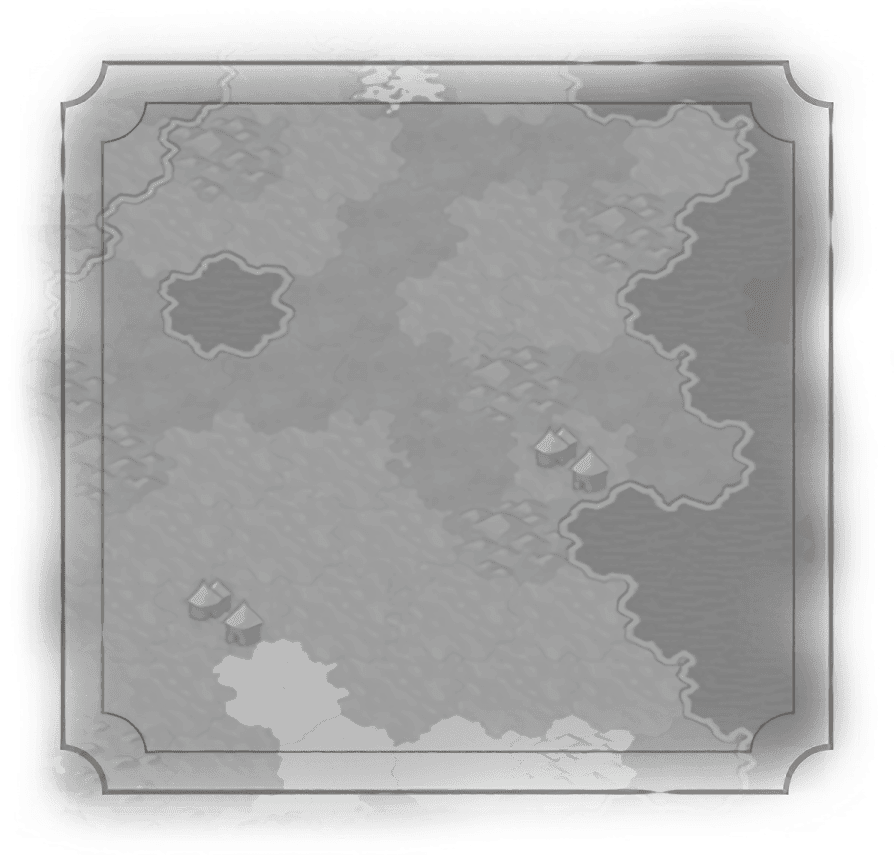Terrains
Features
Natural Wonders
Bermuda Triangle
Chocolate Hills
Cliffs of Dover
Crater Lake
Dead Sea
Delicate Arch
Eye of the Sahara
Eyjafjallajökull
Fountain of Youth
Galápagos Islands
Giant's Causeway
Gobustan
Great Barrier Reef
Hạ Long Bay
Ik-Kil
Lake Retba
Lysefjord
Mato Tipila
Matterhorn
Mount Everest
Mount Kilimanjaro
Mount Roraima
Mount Vesuvius
Païtiti
Pamukkale
Pantanal
Piopiotahi
Sahara el Beyda
Torres del Paine
Tsingy de Bemaraha
Ubsunur Hollow
Uluru
Yosemite
Zhangye Danxia


Mount Vesuvius
Description
One tile impassable natural wonder. It appears as a Volcano and provides +1  Production to adjacent tiles. On Eruption it gives high yields to adjacent tiles, but large
Production to adjacent tiles. On Eruption it gives high yields to adjacent tiles, but large  Population loss. It is always active.
Population loss. It is always active.
 Production to adjacent tiles. On Eruption it gives high yields to adjacent tiles, but large
Production to adjacent tiles. On Eruption it gives high yields to adjacent tiles, but large  Population loss. It is always active.
Population loss. It is always active.Historical Context
Perhaps most infamous for burying the city of Pompeii under approximately 15 feet of volcanic ash and debris in the year 79 AD, Mount Vesuvius is one of the world's most dangerous volcanoes. Though its last eruption was in 1944, the volcano continues to be closely monitored for any signs of activity that could endanger the 3 million people living nearby.
Towering over the City of Naples, this stratovolcano is a large cone surrounded by another steep semicircle – the remnants of an even older and larger volcano, Mount Somma.
As with most ancient and powerful natural sites, Vesuvius claims a long history of myth and legend. The ancient Romans associated the site with the demigod Hercules, and many believed the eruption was a sign of anger from the gods. In fact, the 79 AD eruption took place just after the festival of Vulcanalia, a celebration of the Roman fire god Vulcan.
Towering over the City of Naples, this stratovolcano is a large cone surrounded by another steep semicircle – the remnants of an even older and larger volcano, Mount Somma.
As with most ancient and powerful natural sites, Vesuvius claims a long history of myth and legend. The ancient Romans associated the site with the demigod Hercules, and many believed the eruption was a sign of anger from the gods. In fact, the 79 AD eruption took place just after the festival of Vulcanalia, a celebration of the Roman fire god Vulcan.

“The sea seemed to roll back upon itself, and to be driven from its banks by the convulsive motion of the earth; it is certain at least the shore was considerably enlarged, and several sea animals were left upon it. On the other side, a black and dreadful cloud, broken with rapid, zigzag flashes, revealed behind it variously shaped masses of flame...”
- Pliny the Younger
- Pliny the Younger
Traits
 Appeal to Adjacent Tiles: 2
Appeal to Adjacent Tiles: 2 Impassable
Impassable May Erupt
May Erupt
Description
One tile impassable natural wonder. It appears as a Volcano and provides +1  Production to adjacent tiles. On Eruption it gives high yields to adjacent tiles, but large
Production to adjacent tiles. On Eruption it gives high yields to adjacent tiles, but large  Population loss. It is always active.
Population loss. It is always active.
 Production to adjacent tiles. On Eruption it gives high yields to adjacent tiles, but large
Production to adjacent tiles. On Eruption it gives high yields to adjacent tiles, but large  Population loss. It is always active.
Population loss. It is always active.Historical Context
Perhaps most infamous for burying the city of Pompeii under approximately 15 feet of volcanic ash and debris in the year 79 AD, Mount Vesuvius is one of the world's most dangerous volcanoes. Though its last eruption was in 1944, the volcano continues to be closely monitored for any signs of activity that could endanger the 3 million people living nearby.
Towering over the City of Naples, this stratovolcano is a large cone surrounded by another steep semicircle – the remnants of an even older and larger volcano, Mount Somma.
As with most ancient and powerful natural sites, Vesuvius claims a long history of myth and legend. The ancient Romans associated the site with the demigod Hercules, and many believed the eruption was a sign of anger from the gods. In fact, the 79 AD eruption took place just after the festival of Vulcanalia, a celebration of the Roman fire god Vulcan.
Towering over the City of Naples, this stratovolcano is a large cone surrounded by another steep semicircle – the remnants of an even older and larger volcano, Mount Somma.
As with most ancient and powerful natural sites, Vesuvius claims a long history of myth and legend. The ancient Romans associated the site with the demigod Hercules, and many believed the eruption was a sign of anger from the gods. In fact, the 79 AD eruption took place just after the festival of Vulcanalia, a celebration of the Roman fire god Vulcan.
“The sea seemed to roll back upon itself, and to be driven from its banks by the convulsive motion of the earth; it is certain at least the shore was considerably enlarged, and several sea animals were left upon it. On the other side, a black and dreadful cloud, broken with rapid, zigzag flashes, revealed behind it variously shaped masses of flame...”
- Pliny the Younger
- Pliny the Younger
Traits
 Appeal to Adjacent Tiles: 2
Appeal to Adjacent Tiles: 2 Impassable
Impassable May Erupt
May Erupt


